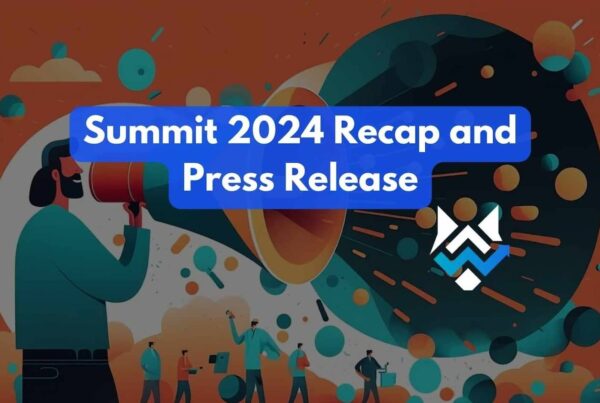Last updated on January 2nd, 2023 at 03:41 pm
We have updated our monthly commitments to One Tree Planted.
Every year, millions of tons of plastic end up in our oceans. This plastic kills animal life, lives on for thousands of years, hurts economies, and scours the planet as microplastics.
At WolfPack Advising, we are committed to cleaning the Earth’s oceans by donating a portion of our net profits to The Ocean Cleanup, every month.
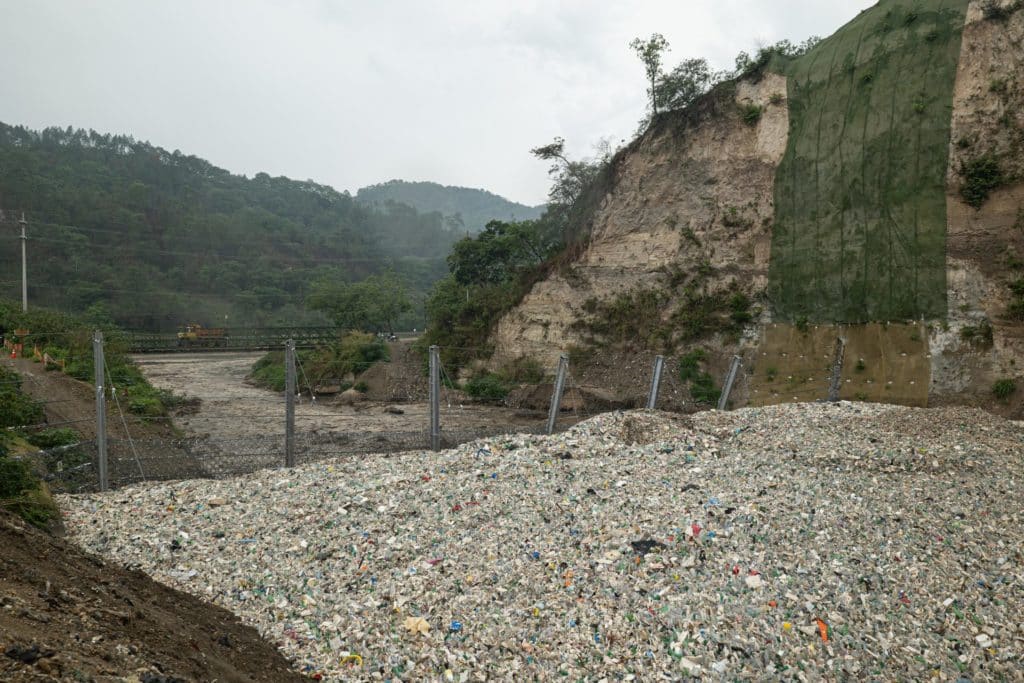
How Trash Affects Our Planet
Trash is constantly moved and carried by our rivers and oceans. It can accumulate on our beaches, in the oceans, and at the bottom of water bodies. This can wreak havoc on habitats, and affect animal life, and humans.
Habitat Alteration
First, trash accumulates in many different places. Ultimately, as trash accumulates it can destroy the habitats in that location. For example, trash in the ocean can lower oxygen levels in the water. In addition, trash along beaches can modify shelters where animals can no longer live. Lastly, trash can modify coral reefs which supply ecosystems for many species of fish.
Chemical Impacts
Plastics can carry many toxic chemicals such as PCBs. This can accumulate in large numbers in oceans and spread throughout the environment. Traces of chemicals from trash and plastics have been found in many animals’ stomachs.
Biological Impacts
According to the EPA, “it has been estimated that plastic marine debris adversely affects at least 267 species globally, including 86% of sea turtles, 44% of seabirds, and 43% of marine mammals.”
Animals are affected through entanglement and ingestion. Entanglement can kill animals by restricting movement while ingestion can release chemicals in animals that can starve or choke them.
Larger mammals can still ingest trash by eating other animals that have eaten trash.
Human Impacts
Humans can be impacted through trade, fishing, and tourism. Trash, such as nets, can easily become tangled in propellers. Moreover, animals killed by the trash can affect fishing areas by local seamen. Lastly, large deposits of trash can affect tourism in remote areas which in turn, hurts economies.
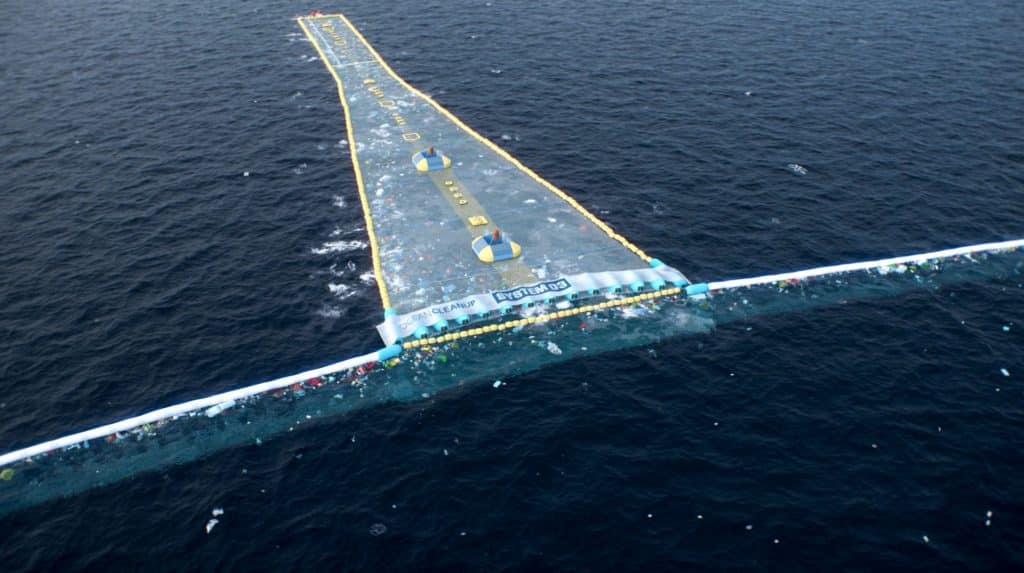
How The Ocean Cleanup Makes A Difference
The Ocean Cleanup is a nonprofit that aims to clean 90% of the world’s trash in oceans. They work to map trash movement, set up systems to collect trash at the source, and set up systems to collect trash in the oceans.
The Great Pacific Garbage Patch
This is the largest patch of trash in the world located in the Pacific Ocean between Hawaii and California. It is about twice the size of Texas in size.
One of The Ocean Cleanup’s main targets is this patch of garbage.
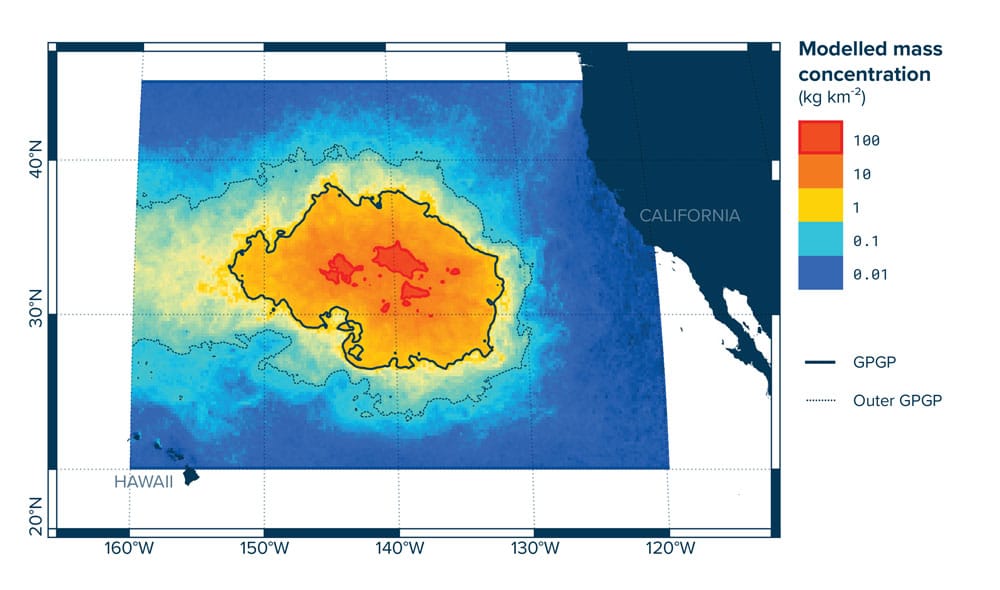
Blocking Trash At Rivers
One of the nonprofit’s most widely known systems is their trash interceptors at rivers. These are autonomous vehicles that collect trash before entering the ocean.
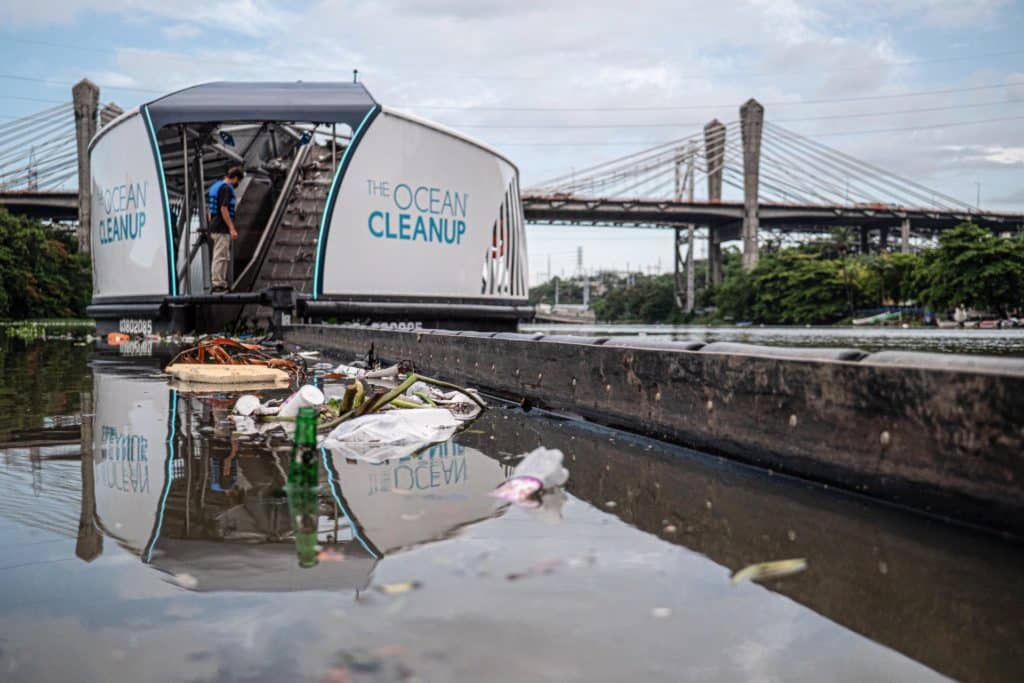
What To Do
Much of the trash that ends up in the world’s oceans is from rivers in areas where they do not have waste management systems or resources to stop the flow of trash. Also, much of our trash naturally ends up on their beaches.
Our cities generate more than 2 billion tonnes of waste every year, but one-quarter of the world’s population doesn’t have access to a proper waste collection system. In low-income countries all but a small amount of solid waste is burned or dumped.
World Economic Forum
WolfPack Advising stands to help the environment through monthly donations to The Ocean Cleanup. We ask that you consider doing the same or making a one-time donation to contribute.
More importantly, we ask that you become more aware of this issue, safely dispose of all trash, and educate others to do the same.
All images featured in this post are credited to The Ocean Cleanup.


